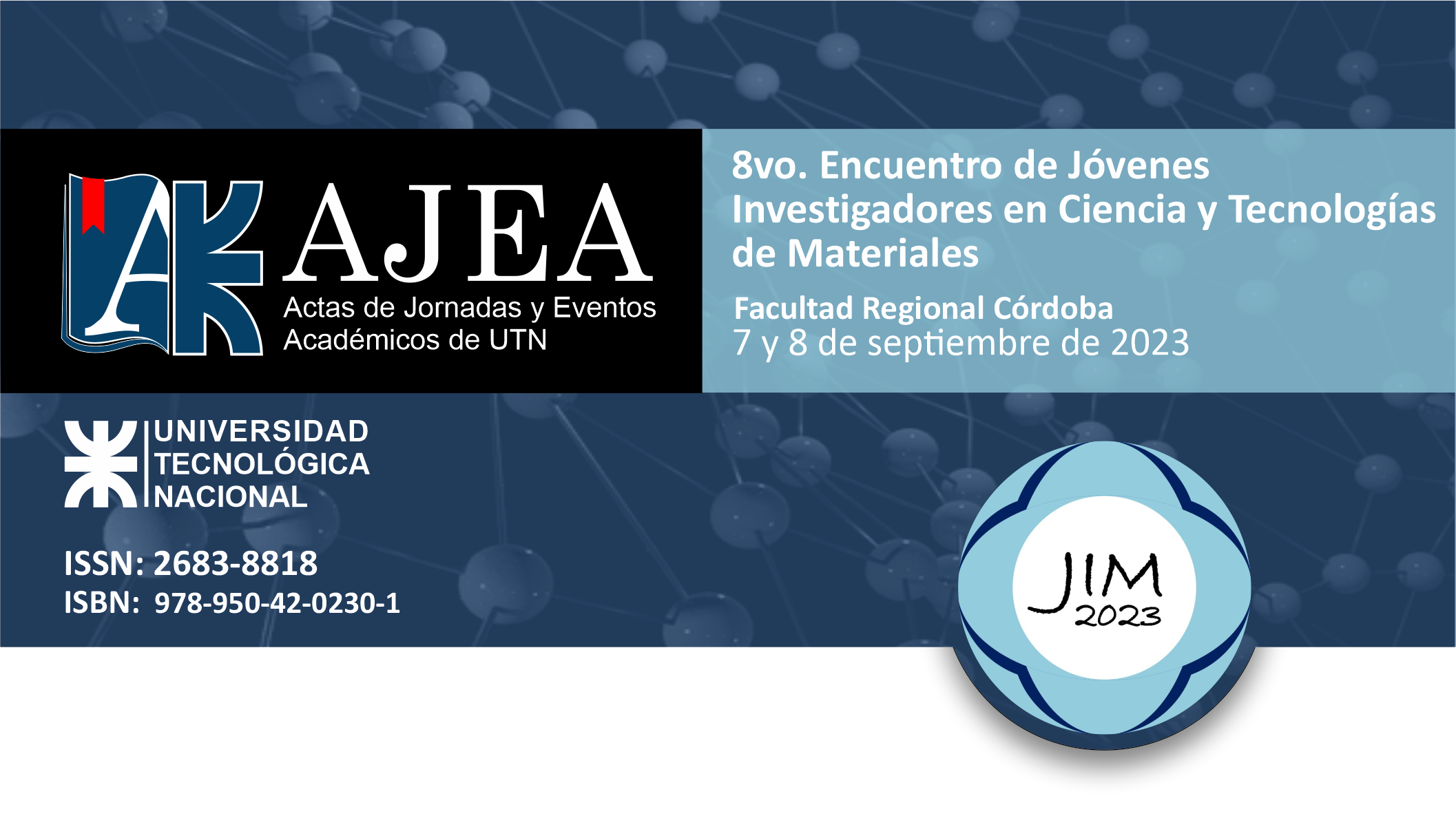Wear resistance of high silicon cast steel, after annealing, normalizing, austempering and quenching
Keywords:
CAST STEEL, BAINITE, FERRITE, AUSTENITE, WEARAbstract
High silicon steels are perhaps one of the greatest advances in recent decades regarding ultra-high strength steels. In particular, carbide-free bainitic steels (CFBS) are the object of study and development by different researchers, thanks to their very good mechanical properties, which result from their particular microstructure, consisting of a combination of bainitic ferrite and high carbon retained austenite. The objective of this work was studying the tribological properties of a medium-carbon, high-silicon cast steel, subjected to different thermal treatments to obtain different microstructures, one of them being carbide-free bainitic. The response to abrasion wear of an CFBS was then studied and compared with that of microstructures obtained from the same steel but after applying other thermal treatments such as annealing, normalizing and tempering. To analyze and characterize the different microstructural variables of the steel, different techniques were used, including optical microscopy (including metallography with color etching), electron microscopy and X-ray diffraction. Regarding the mechanical properties, the bulk hardness and also local hardness at the first to freeze (FTF) and last to freeze (LTF) zones were measured by micro indentation tests. Furthermore, wear resistance was evaluated through abrasion tests in two different tribosystems. One of them is the abrasion test using a rubber wheel and dry sand (ASTM G65 standard), and the other is the Pin on disk test (ASTM G99 standard). It was observed that CFBS has excellent wear resistance for both tribosystems used. Although lower in hardness, carbide-free steel has abrasion resistance comparable to that of the martensitic structure, but accompanied by greater toughness. On the other hand, for the chemical composition studied, air cooling (normalized) provides a bainitic structure as well, with very good tribological properties, which may be of technological interest.
Downloads
Downloads
Published
How to Cite
Conference Proceedings Volume
Section
License
Copyright (c) 2024 Stefanía Y. D’Amico, Ricardo C. Dommarco, Nicolás E. Tenaglia

This work is licensed under a Creative Commons Attribution-NonCommercial 4.0 International License.










